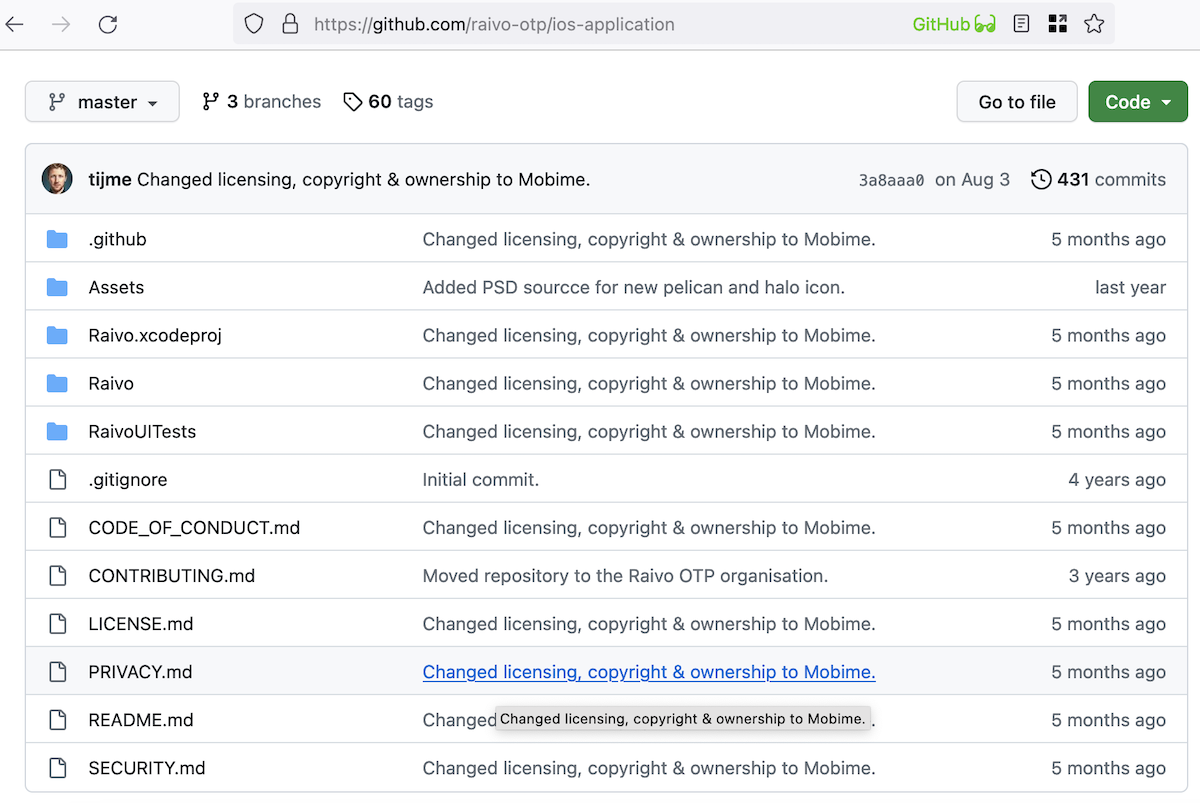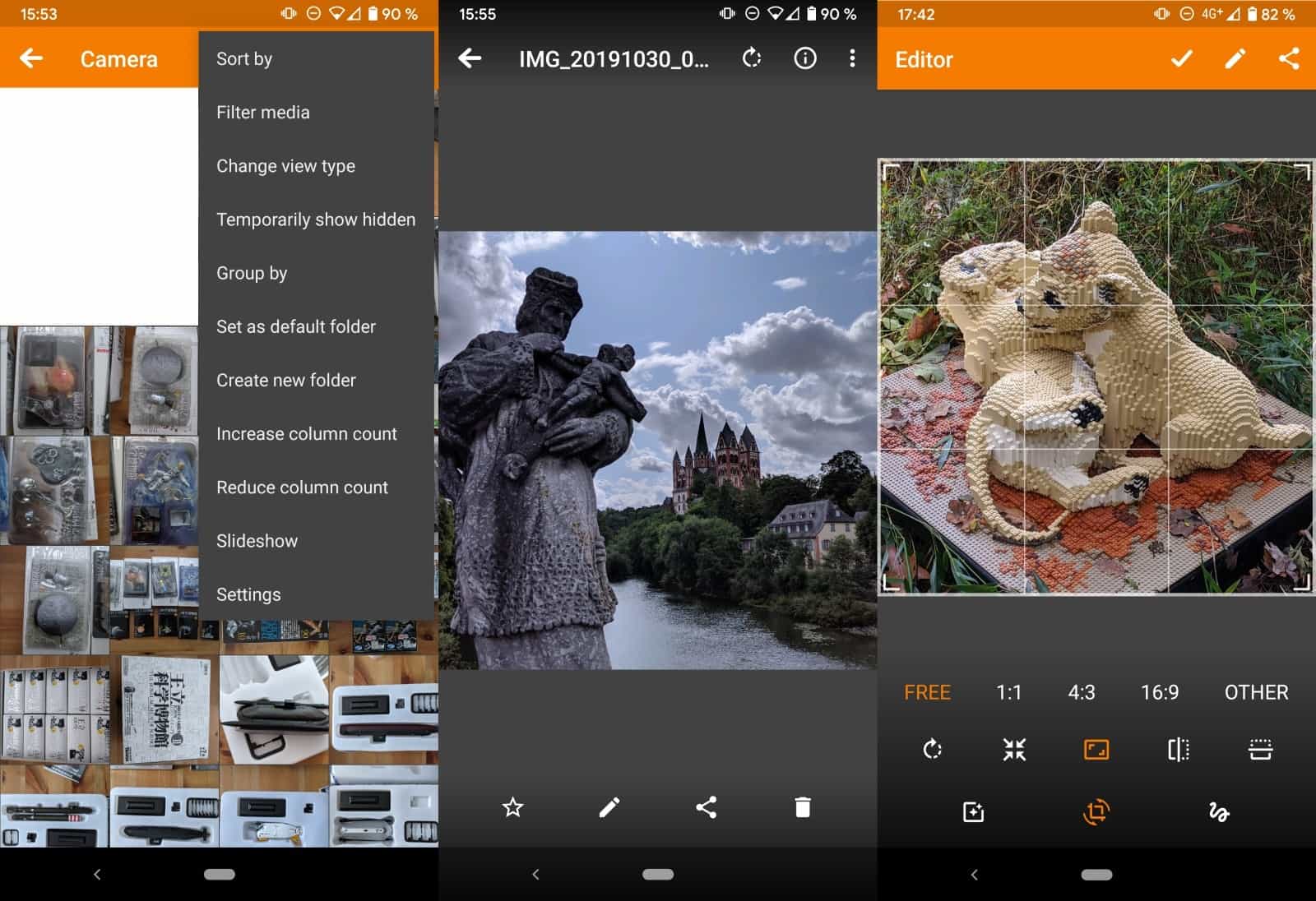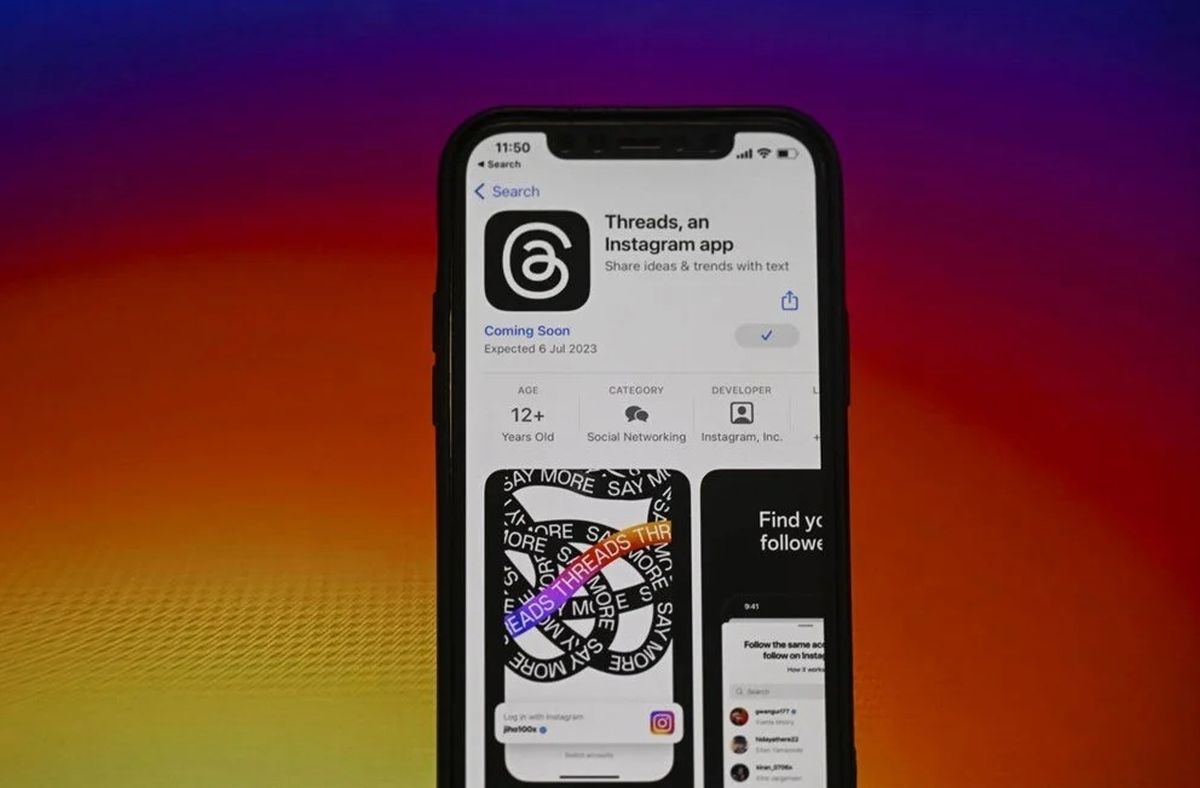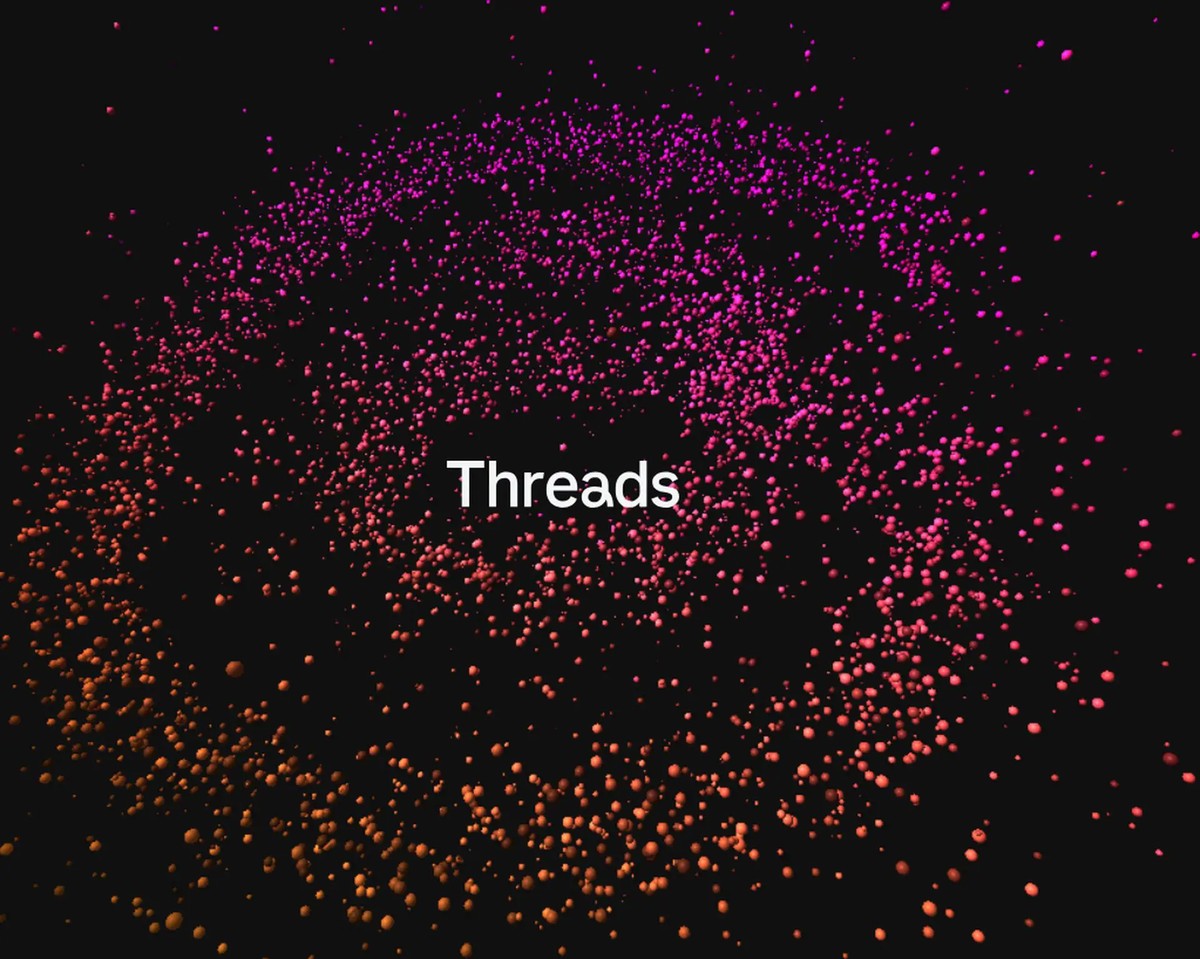Introducing GPT-4: OpenAI's Latest Language Model
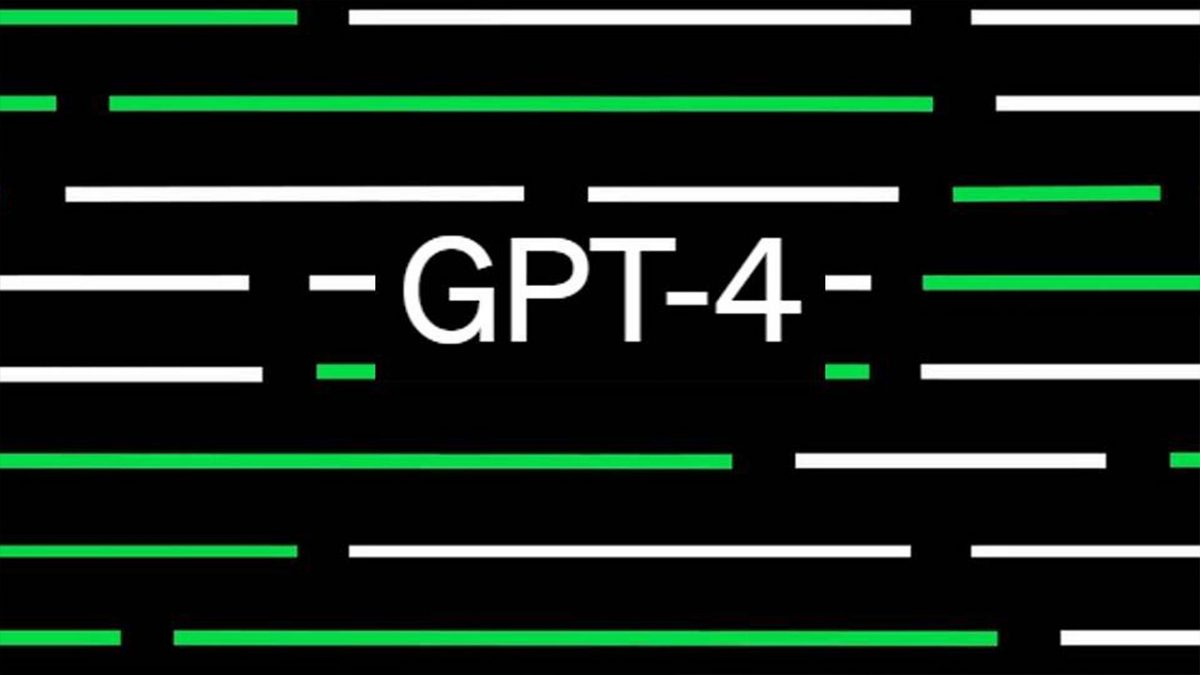
OpenAI's latest AI model, GPT-4, has recently been launched and is already being implemented in various applications, including a virtual assistant for the visually impaired and an enhanced language learning bot on Duolingo. So, what distinguishes GPT-4 from previous models such as ChatGPT and GPT-3.5? Here are the five significant differences between these renowned systems.

ChatGPT is not GPT 3.5
Before delving into the differences, it's important to note that ChatGPT is not a version of OpenAI's large language model; instead, it is a chat-based interface that interacts with the model that powers it. While ChatGPT was initially identified as GPT-3.5, it is merely a means of communicating with GPT-3.5 and now with GPT-4.
Now that we have clarified this distinction, let's explore the distinctions between the beloved chatbot and its recently enhanced successor.
GPT-4 is multimodal in its approach
The latest improvement to this adaptable machine learning system is its ability to process 'multimodal' information, which means it can now understand multiple modes of data. In comparison, ChatGPT and GPT-3 were restricted to text-based interactions, being capable of reading and writing but little else - though this was sufficient for numerous use cases.
GPT-4's improved design enables it to comprehend and process relevant information within images, extending beyond simple image recognition tasks. For instance, OpenAI has showcased GPT-4's ability to explain the humor behind an image depicting an oversized iPhone connector. However, the partnership with Be My Eyes highlights a more significant potential of the model. The video demonstrates GPT-4's diverse capabilities by showcasing the utility performing various tasks. This indicates that GPT-4 has the potential to understand and interpret image data in a comprehensive and multifaceted manner.
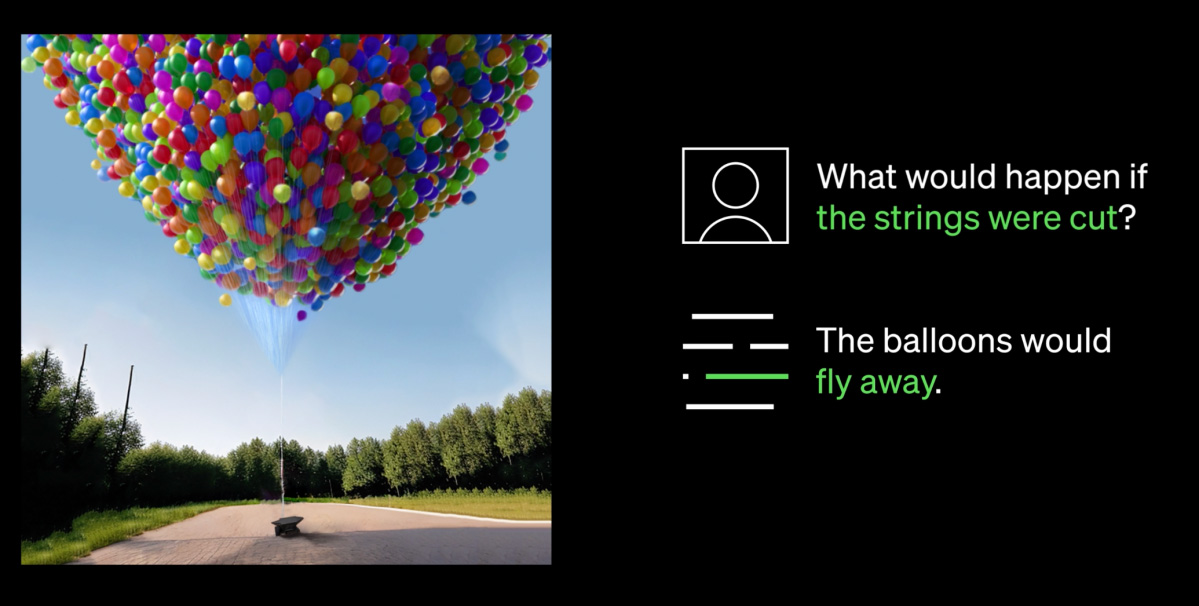
GPT-4’s memory is more extensive
Large language models like GPT-4 are trained on vast amounts of text data, including web pages and books. However, during actual conversations with users, these models have limits to how much information they can keep in their attention function. The previous versions, GPT-3.5 and the original ChatGPT, were limited to 4,096 'tokens,' which roughly translates to 8,000 words or four to five pages of a book. Beyond this point, the model would start losing track of the conversation.
In contrast, GPT-4 has a token limit of 32,768, which is equivalent to around 64,000 words or 50 pages of text. This increase in token count allows the model to remember up to 50 pages of information during a conversation or text generation. For instance, it can recall a topic discussed 20 pages back in a conversation or refer to an event that occurred 35 pages ago in a written story or essay. While this is an approximate description of how the attention mechanism and token count work, the general idea is that GPT-4 has an expanded memory capacity, enabling it to handle more complex tasks.
It’s harder to lead GPT-4 astray
Despite their advancements, contemporary chatbots are prone to getting misled easily. With just a little bit of coaxing, they can be manipulated to say strange and sometimes unsettling things. For instance, chatbots can be persuaded to elaborate on what a 'bad AI' would do, or they can collaborate on 'jailbreak' prompts to overcome their restrictions.
However, GPT-4 has undergone extensive training on malicious prompts, which users generously provided to OpenAI over the past couple of years. As a result, GPT-4 surpasses its predecessors in terms of factuality, steerability, and its ability to remain within established guidelines. According to OpenAI, GPT-3.5 (which powered ChatGPT) was a 'test run' of a new training architecture. The lessons learned from that experience were applied to the new model, resulting in a model that is 'unprecedentedly stable.' Additionally, OpenAI was able to predict the model's capabilities more accurately, resulting in fewer surprises.
Related: Visual ChatGPT - Temporary solution until GPT-4’s launch
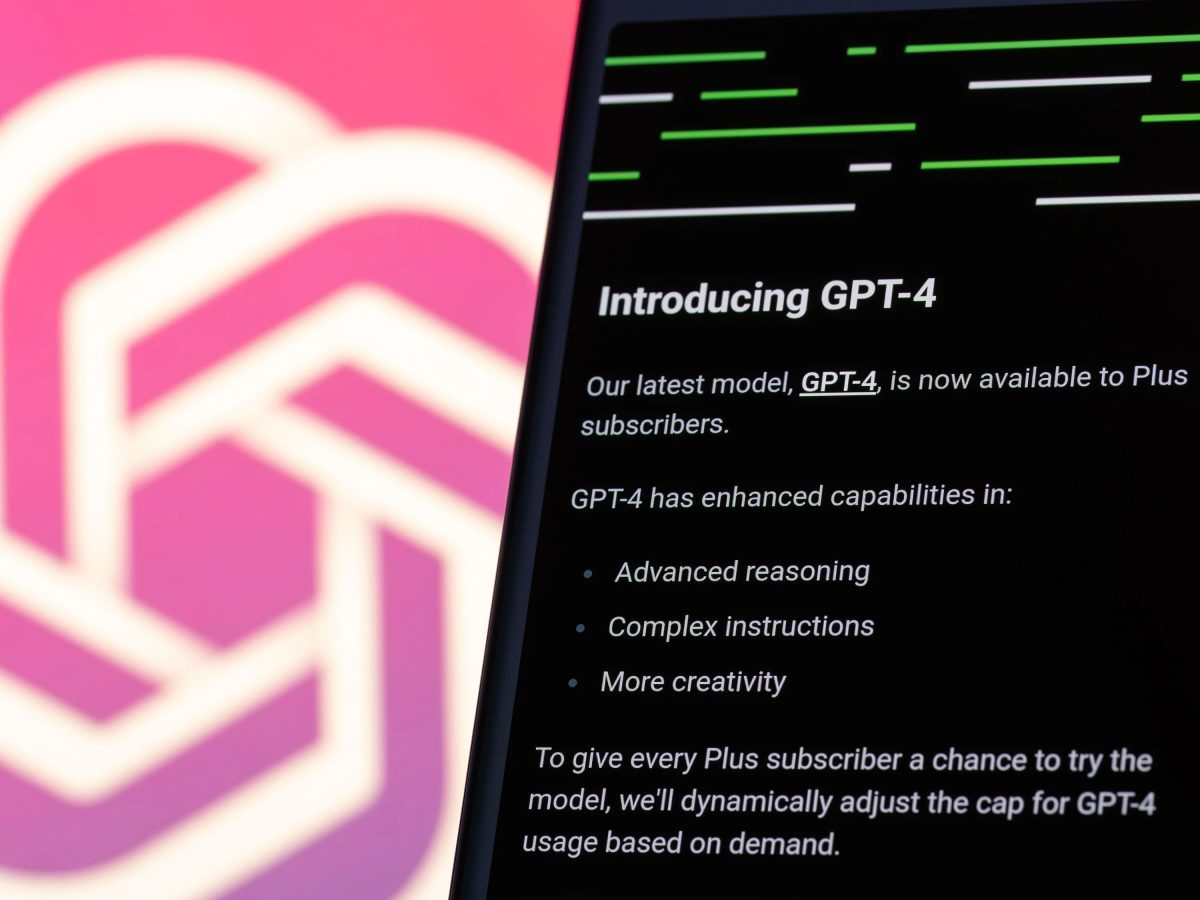
GPT-4 processes more languages
The field of AI is primarily dominated by English-speaking individuals, and the majority of data, testing, and research papers are in English. However, the capabilities of large language models can be applied to any written language, making it imperative to make them available in other languages.
GPT-4 takes a significant step in this direction by showcasing its ability to accurately answer thousands of multiple-choice questions across 26 different languages, ranging from Italian and Ukrainian to Korean. While the model performs best on Romance and Germanic languages, it generalizes well to other languages as well.
While this preliminary testing of GPT-4's language capabilities is promising, it does not constitute a comprehensive adoption of multilingual abilities. The testing criteria were initially translated from English, and multiple-choice questions do not necessarily represent everyday language usage. However, the model performed remarkably well on this task, despite not having been explicitly trained for it. This suggests that GPT-4 could be significantly more accommodating to non-English speakers.
GPT-4 takes on different personalities
The concept of 'steerability' in artificial intelligence pertains to an AI system's ability to adapt its behavior according to specific requirements. This capability can be beneficial, as in assuming the role of an empathetic interlocutor, or potentially hazardous, such as when individuals manipulate the AI into exhibiting malevolent or despondent traits.
GPT-4 incorporates steerability more seamlessly than its predecessor, GPT-3.5, enabling users to customize the default ChatGPT personality, characterized by a consistent verbosity, tone, and style, to better align with their preferences. The development team emphasizes that this customization has its limits, acknowledging that pushing the model too far may result in breaking character.
Previously, users could indirectly achieve a degree of steerability by priming the chatbot with prompts like, 'Imagine you are a dungeon master in a tabletop RPG' or 'Respond as if you are a guest on a cable news interview.' However, this approach merely offered suggestions to the default GPT-3.5 personality. GPT-4 now empowers developers to incorporate a specific viewpoint, communication style, tone, or interaction mode from the outset.
GPT-4: AI for the next generation of tech
OpenAI's latest AI model, GPT-4, has introduced significant improvements and features that set it apart from its predecessors. With the ability to comprehend images, increased token counts, improved factuality, steerability, and multilingual capabilities, GPT-4 has the potential to revolutionize the field of AI. Additionally, the model's native steerability feature allows users to tailor the chatbot's conversational style and interaction methods to better suit their needs. While there is still room for improvement, GPT-4 is undoubtedly a remarkable achievement that will pave the way for even more advanced AI systems in the future.
Advertisement


